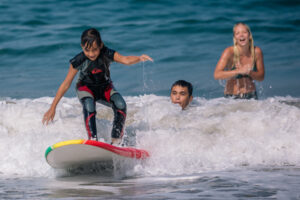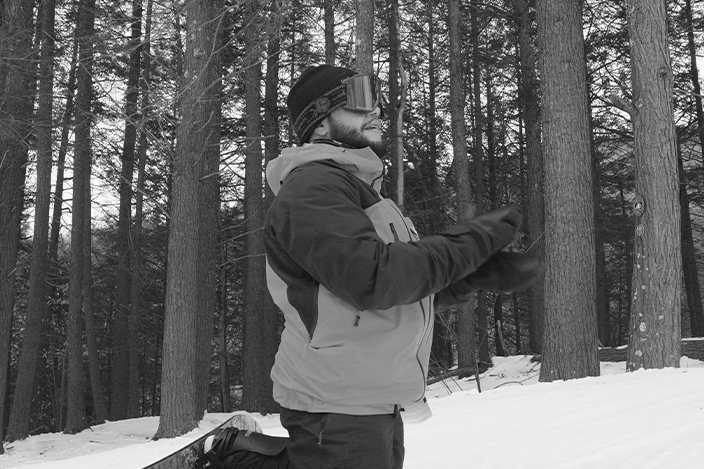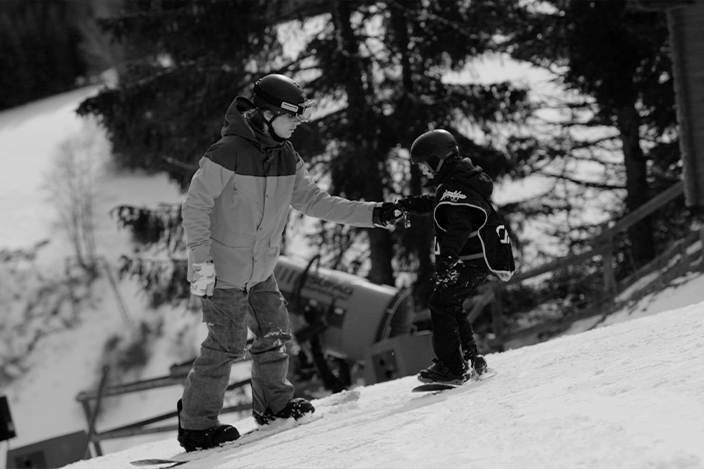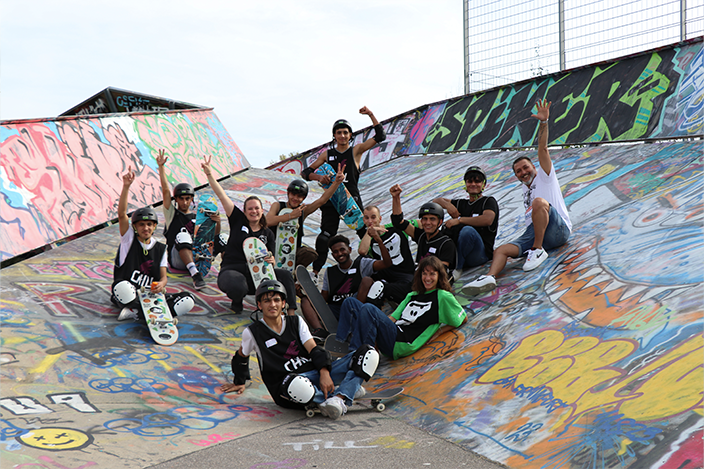How do you, as an individual, decide when and how to challenge yourself? What circumstances or support systems need to be present for you to decide that today, right now, you’re going to do something that will challenge you physically and/or mentally? How do you determine if a risk is “healthy” and within your present or near-future ability? At Chill we call this independence and freedom to determine exactly how you decide to push yourself “challenge by choice” and it’s a fundamental component of the Chill program.

One thing that many Chill participants struggle with is a lack of personal freedom, sometimes due to environmental circumstances and sometimes because their freedoms have been curtailed due to restrictions instituted by their primary support agency (group home, foster care, incarceration, etc.). As a result, when freedoms and personal choice are provided, there can be either a lack of action by a youth who is overwhelmed, or an over-reaction that can result in a personal setback rather than a healthy step forward. What is required in both scenarios is a curriculum and support structure that creates the environment needed for youth to choose to challenge themselves. This is the power of the Chill program.
When a Chill participant makes a thoughtful choice to challenge themselves, they become responsible for their own success, and failure ceases to be an option because the very act of choosing to challenge themselves, regardless of the scope of the challenge to be tackled, is a victory.

The challenges our youth choose to address each season are as varied as their backgrounds and personal experiences. Some challenges are physical – like riding a chairlift for the first time or trying to stand up on a surf board. Other challenges are related to being part of an unknown group, interacting with other youth and new adults. Some challenges are as simple as introducing themselves to at least one other participant each week and then saying hi to them by name the next week. One participant I spoke with challenged himself to not say anything negative about himself out loud. After a few sessions, I asked him if he was still thinking negative thoughts, just not verbalizing them. His response was, “I realized that I didn’t like being a negative person and so I’m trying really hard not to think negative thoughts too. It’s easier since I’m so focused on what I’m trying to accomplish at Chill.”
So where does challenge by choice and the Chill program lead? It leads to progression. It leads to youth accomplishing physical and emotional milestones in accelerated time frames. It leads to youth finding something they’re passionate about while they explore the world in a new and personal way. It leads to exponential growth stimulated by a unique and challenging experience. It leads to a future.



